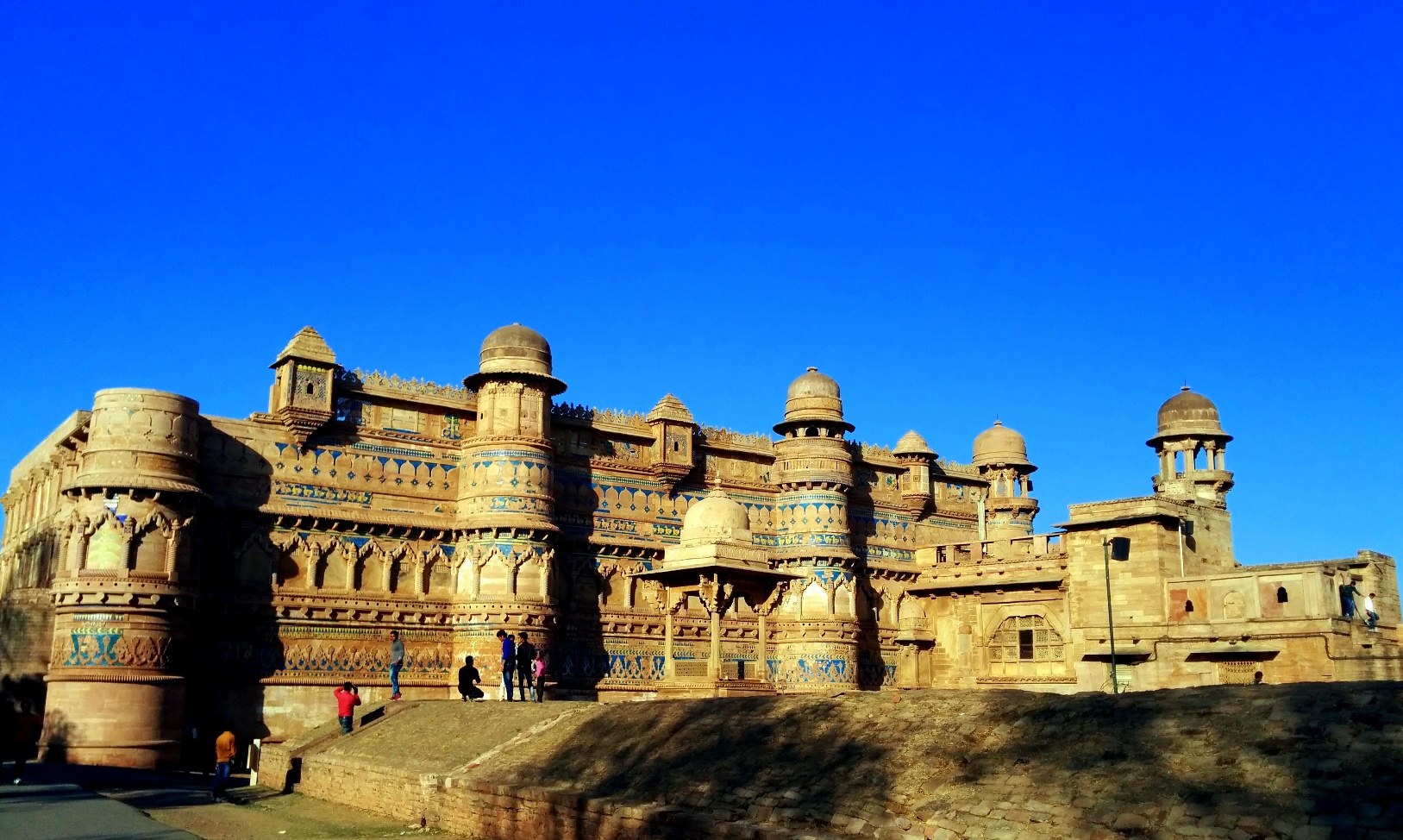Built between 1486 and 1517 by Raja Mansingh.The tiles that once adorned its exterior have not survived , but at the entrance , traces of these still remain. Within the palace rooms stand bare, stripped of their former glory, testifying to the passing of the centuries. Vast chambers with fine stone screens were once the music halls, and behind these screens, the royal ladies would learn music from the great masters of the day. Below, circular dungeons housed the state prisoners of the Mughals. Emperor Aurangzeb had his brother , Murad imprisoned , and later executed here. Close by is Jauhar Pond, where in the Rajput tradition, the Ranis committed mass sati after their consorts had been defeated in battle. At Man Mandir Palace, a poignant ambience of those days of chivalry and heroism still lingers in the silent chambers. A superbly mounted Son-et-Lumiere here brings it all alive every evening.

